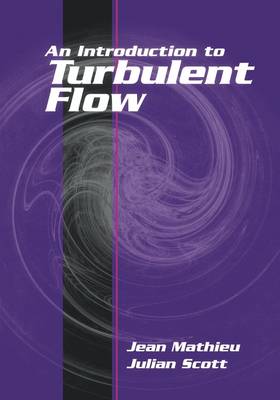Most natural and industrial flows are turbulent. The atmosphere and oceans, automobile and aircraft engines, all provide examples of this ubiquitous phenomenon. In recent years, turbulence has become a very lively area of scientific research and application, attracting many newcomers who need a basic introduction to the subject. An Introduction to Turbulent Flow, first published in 2000, offers a solid grounding in the subject of turbulence, developing both physical insight and the mathematical framework needed to express the theory. It begins with a review of the physical nature of turbulence, statistical tools, and space and time scales of turbulence. Basic theory is presented next, illustrated by examples of simple turbulent flows and developed through classical models of jets, wakes, and boundary layers. A deeper understanding of turbulence dynamics is provided by spectral analysis and its applications. The final chapter introduces the numerical simulation of turbulent flows. This well-balanced text will interest graduate students in engineering, applied mathematics, and the physical sciences.
- ISBN13 9780521775380
- Publish Date 26 June 2000
- Publish Status Active
- Publish Country GB
- Imprint Cambridge University Press
- Format Paperback (US Trade)
- Pages 386
- Language English
